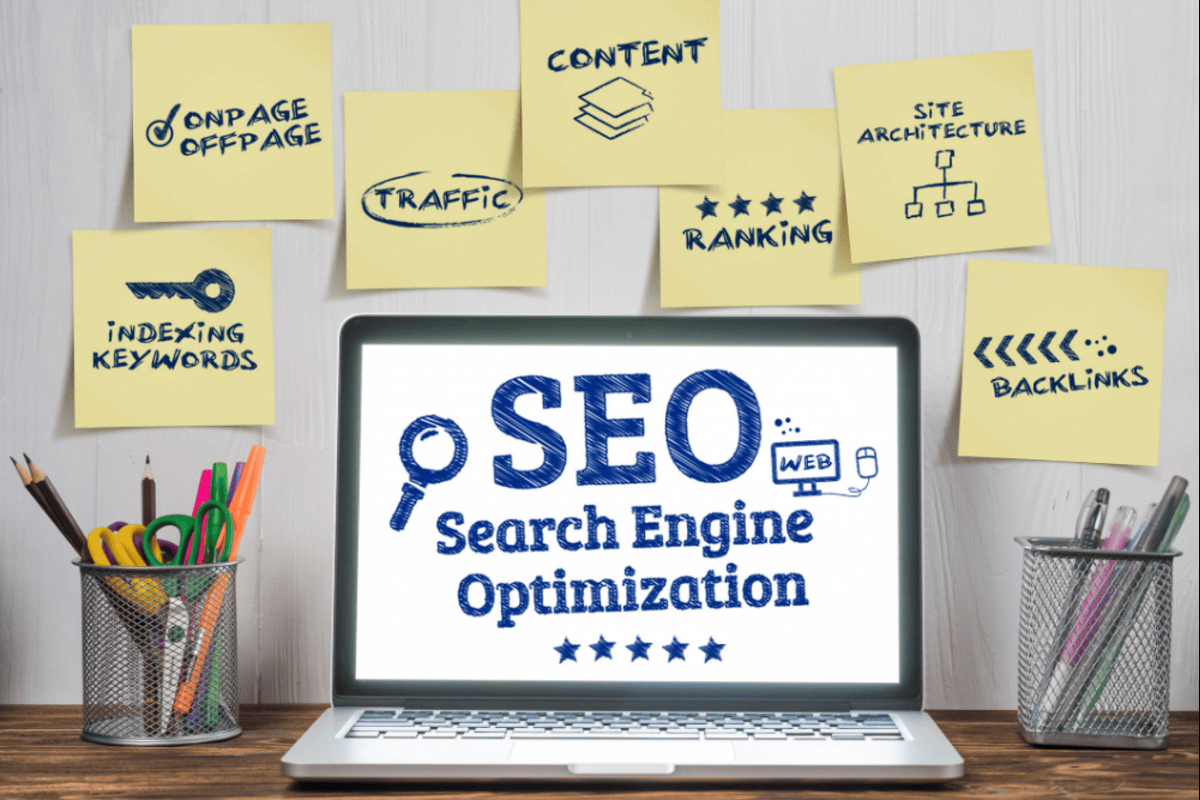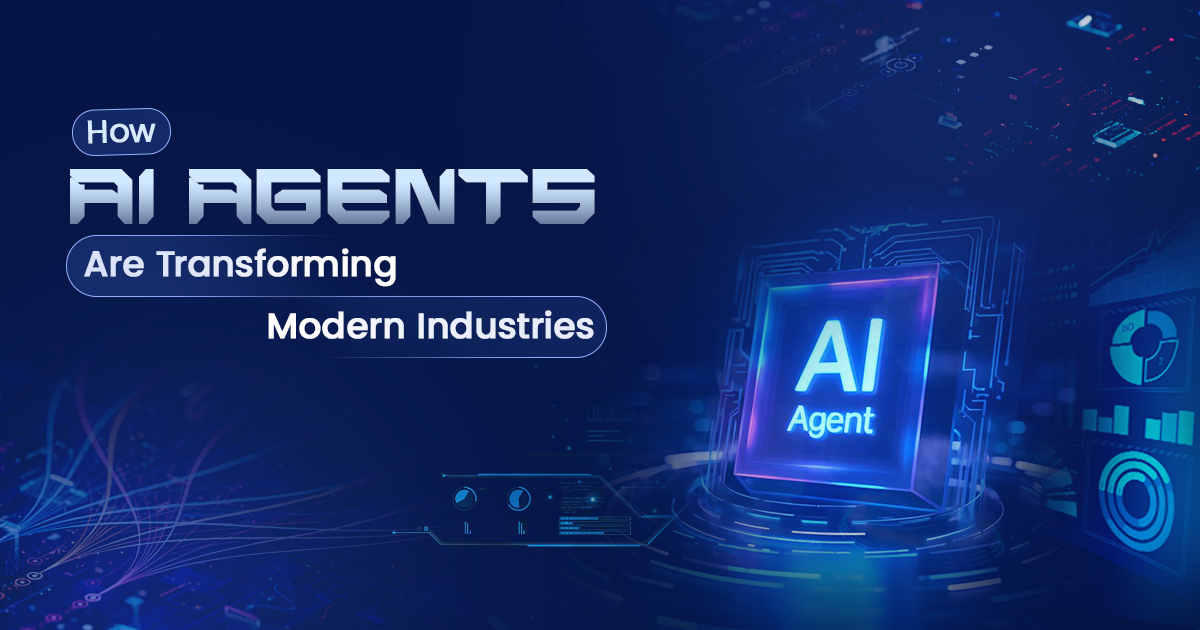
Guide to What Is Generative AI Development Services
- Rain Infotech
- Technology
- 2025-10-17
- 2093K
The field of artificial intelligence is growing at a rapid speed. At the heart of this transformation is Generative AI (Gen AI) -- a system that does more than just analyze data but generates new ideas, content as well as solutions.
From real-looking images and videos to smart chatbots, and automatic code creation Generative AI is changing the way companies operate innovating, collaborating, and engaging customers. The growth of Generative AI development services can help businesses utilize this technology to increase productivity, creativity and growth.
This guide will explain the basics of what Generative AI service development is and how they operate as well as how they're shaping industries around the world.
What Is Generative AI?
Generative Artificial Intelligence is a term used to describe AI systems that create new content including videos, text, images code, even artificial data that can mimic human reasoning and creativity.
Contrary to conventional AI models that categorize and predict future outcomes Generative AI development services learns patterns from huge datasets and then uses the knowledge to generate new, unique outputs.
Popular examples include:
- ChatGPT for natural language generation
- the DALL*E brand and midjourney with AI to generate images
- Sora as well as Runway in the video creation process
- GitHub Copilot for AI-assisted programming
Generative AI is based on advanced machine learning structures including transformers diffusion models GANs (Generative Adversarial Networks), and large language models (LLMs).
What Are Generative AI Development Services?
Generative AI development services are professional services that aid businesses to develop to train, integrate and deploy customized Generative AI solutions to meet their particular needs.
The services are offered by AI development companies or technology teams that are aware of and the technology foundations as well as applications for business that make use of AI.
In simple words, Generative AI development services help bridge the gap between innovation and implementation by helping businesses transform the most cutting-edge AI models into viable, profitable solutions.
Core Components of Generative AI Development
Making an Generative AI system involves a number of parts that are working in tandem:
1. Data Collection and Preparation
The basis of any AI algorithm is the data. Developers collect large and high-quality data that is relevant to the project such as customer behaviour data, product descriptions as well as visual assets. The data is then cleaned then labeled and optimized to create AI models efficiently.
2. Model Selection and Training
Based on the type of project the developers select appropriate designs, for their project, such as Transformer models (for text) or diffusion models (for images). These models are trained with GPUs as well as cloud-based environments, until they are able produce excellent outputs.
3. Fine-Tuning and Customization
Pre-trained models, such as GPT-4 or Stable Diffusion may be tailored to specific instances, for instance making financial chatbots, a healthcare summaryer, or legal assistant. This fine-tuning will ensure that the AI recognizes the specific language of industry and limitations.
4. API Development and Integration
After being trained after being trained, after being trained, the AI model is incorporated into systems for business through APIs or web-based applications. Developers make sure that there is a smooth connection with and the AI engine and workflows already in place.
5. Testing, Optimization, and Monitoring
AI systems are constantly evaluated to ensure accuracy, bias, and security. Performance monitoring tools monitor user actions to help improve the performance of the algorithm over time.
Top Use Cases of Generative AI Development Services
Generative AI can be used in a variety of ways and its applications are found in almost every business.
1. Content Generation and Marketing Automation
Companies are making use of Generative AI to create high-quality blogs email, product descriptions and social media content within a matter of minutes. AI tools can adjust tone, voice of brand and style in real-time -creating content quicker and more constant.
Marketing teams also use AI to provide customized ad copy creation along with predictive analysis of campaigns aiding brands in connecting with their audience more efficiently.
2. Conversational AI and Customer Support
Chatbots that are powered by LLMs can respond to complex customer queries, provide customized solution, or even emulate human-like empathy. These AI chatbots development company are available 24/7, increasing customer satisfaction and decreasing operating costs.
A lot of fintech, e-commerce and SaaS companies are now relying on Chatbots that are powered by AI to help with the sales process, customer onboarding as well as customer service.
3. AI in Design, Art, and Media
Generative AI has transformed the creative world. Designers are now able to utilize AI to create mockups as well as illustrations and videos by using text-based prompts.
Companies such as Adobe and Canvas have integrated Gen AI tools directly into their platforms to boost creativity. The result is quicker design cycles, greater productivity, and endless potential for visual design.
4. Code Generation and Software Development
Developers are taking advantage of AI-powered coding tools like GitHub Copilot, Tabnine, and OpenAI Codex. These tools assist in writing code, spot bugs, and improve the performance of code, cutting development time by more than 50 percent.
Custom-designed Generative AI models are able to automate repetitive code processes or even create complete modules based upon functional demands.
5. Healthcare and Life Sciences
In the field of healthcare, Generative AI aids in the discovery of drugs, medical imaging as well as automated diagnosis. It is able to model molecular interaction, create potentially beneficial compounds, and help scientists in the analysis of clinical data.
AI-driven patient assistants for patients are being developed to provide assistance with mental health appointment scheduling, the ability to analyze symptoms.
6. Finance and Fintech Applications
Financial institutions are utilizing Generative AI for report automation, fraud detection and for personalized advice. AI models can create risk assessments as well as create summaries of financial data and even simulate economic scenarios.
Generative AI development services can also assist develop AI-powered trading robots which analyze patterns and develop investment strategies in real-time.
Benefits of Generative AI Development Services
- Accelerated Innovation AI enables teams to explore new ideas faster and find possibilities that go beyond human limitations.
- Increased productivity tasks like designing, writing and programming are now automated, allowing humans to focus on more strategic tasks.
- Cost Efficiency Reduces dependence on manual labor, and reduces the cost of production across departments.
- Personalization at scale delivers highly personalized experience to millions of people concurrently.
- Data-Driven Information Generates patterns, analytics and content based on actual user data.
- competitive advantage Early adopters get an edge in innovation, which improves customer loyalty and market position.
Conclusion
AI development services is moving from a fad to a necessity. As companies embrace automation and innovation at a large scale, Generative AI development services are now the basis for the next generation of technological innovation.
It's whether it's developing intelligent chatbots, creating advertising content, or creating more efficient financial systems, Generative AI helps organizations think and build in a different way.
The businesses that will succeed by 2025 will be the ones who not just make use of AI tools, but create an AI-driven system of systems. With the right strategy for development and the right partners, Generative AI will change not just the way we operate, but also the way we think about the future.
Leave a Reply
Please login to post a comment.












0 Comments